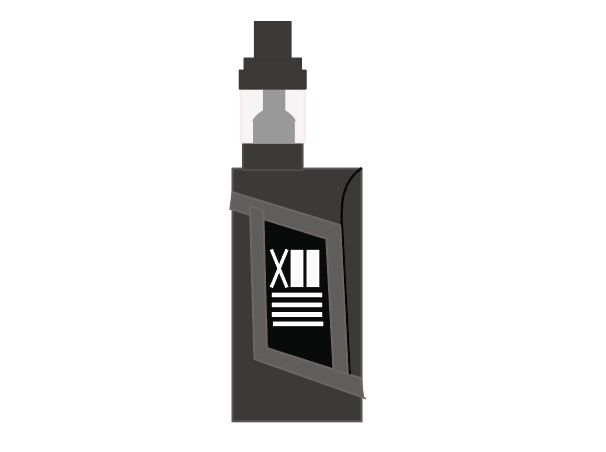EDUCATION IS KEY
Exploring the implications of high schoolers’ newest addiction
Most people probably would say that underage smoking isn’t mainstream anymore. The biggest reason for this is because of education that helped to create a change in the way the public views tobacco use. But recently tobacco isn’t the biggest problem facing students, it’s e-cigs and vaporizers.
E-cigs became mainstream mostly by being marketed as a healthier alternative to established smokers. They are now attracting underage audiences, and rather than smoking tobacco, teens now are taking on ecigs. High school students think that just because there aren’t cancer warning labels on on e-cigs, there are no negative consequences.
There is a large chance that there is a false sense of security with vapes that will lead to health problems unknown to users when they bought them. Because e-cigs and vaporizers are relatively new, little is known about their health effects in the long term. The health risks of vapes is an issue that has mostly failed to be addressed in a public setting.
This calls into question whether or not students need be educated more about the effects of e-cigs the same way that students are educated about tobacco.
Rather than waiting for health risks to arrive, students need to be taught how to make good decisions; which applies to all substances, including those that we don’t know about yet. The best way to prevent a health crisis is to stop it before it starts.
If the e-cig epidemic continues to grow at this rate, it may take another ten years for people to start getting sick, meaning that an entire generation could be addicted to e-cigs, without fully understanding the health effects.
If society addresses the problem before it grows too large, a potential major health crisis could be avoided. E-cig education needs to join with tobacco and drug education now, rather than when people start developing health problems.

Aaron Cole is a senior and it is his first year on staff. He is part of the web staff.











